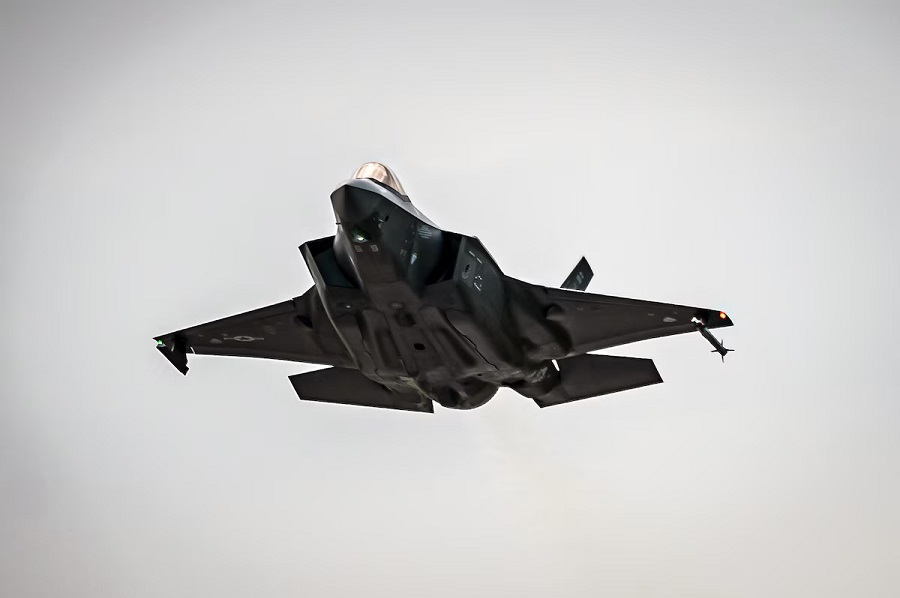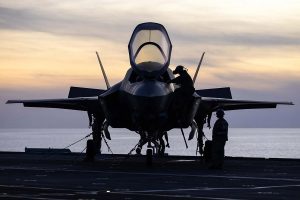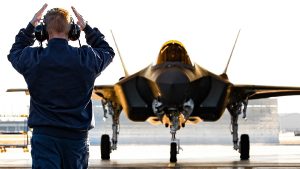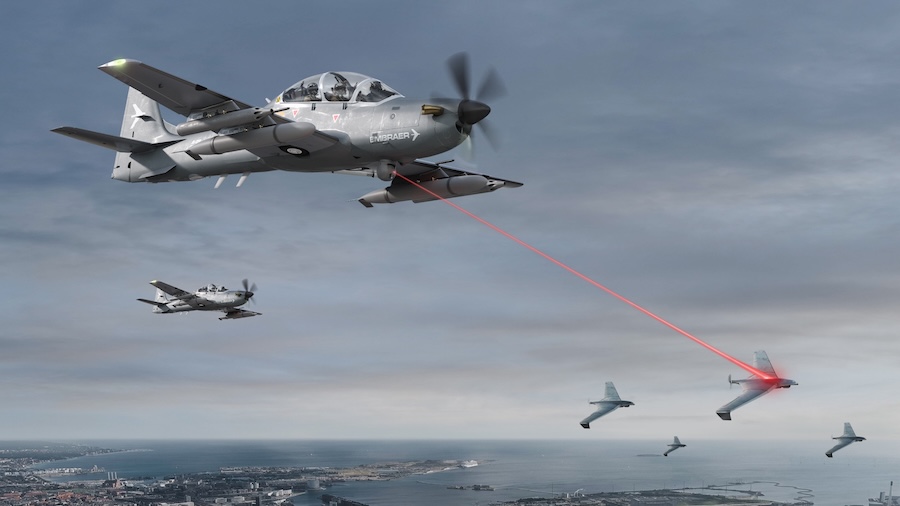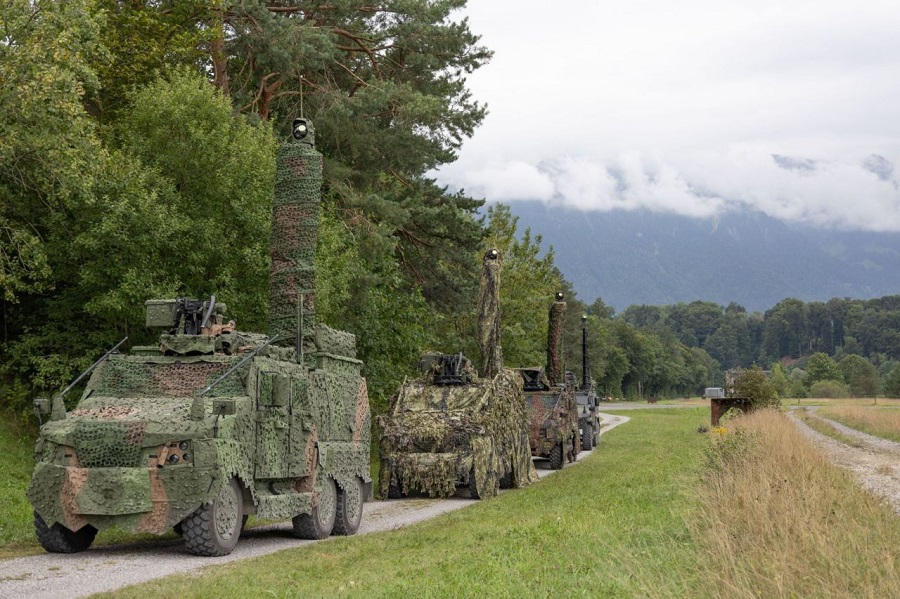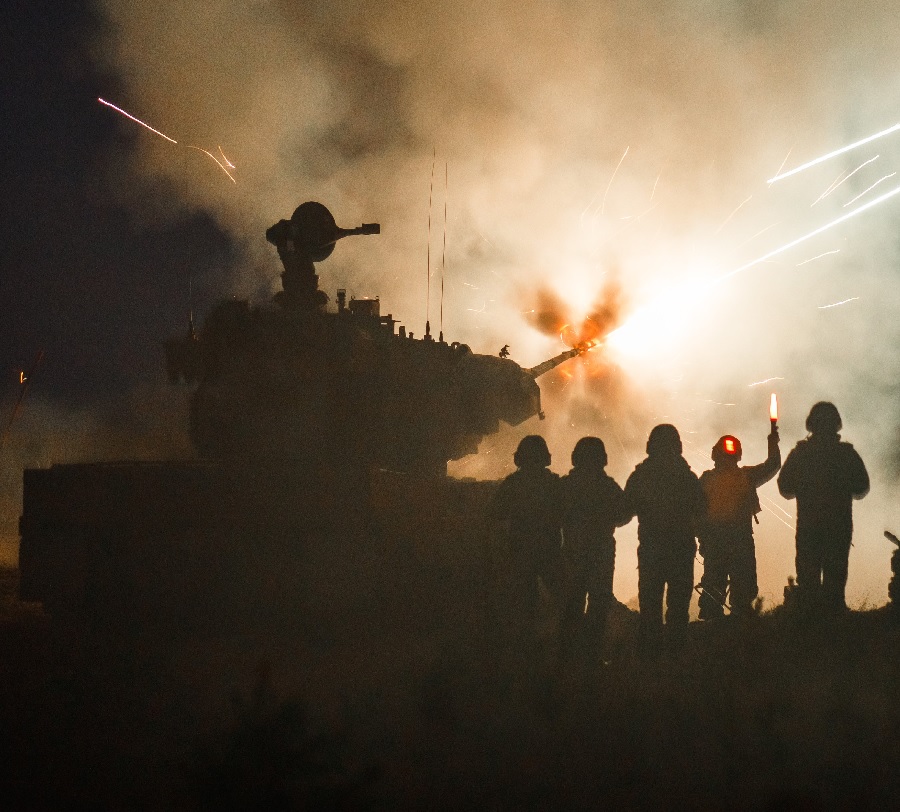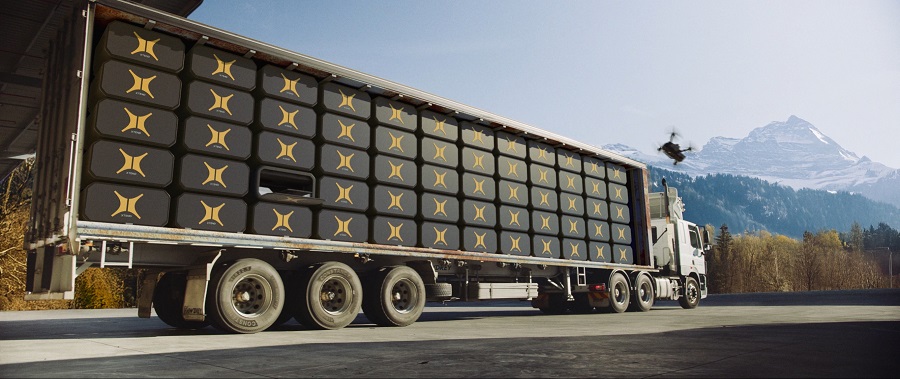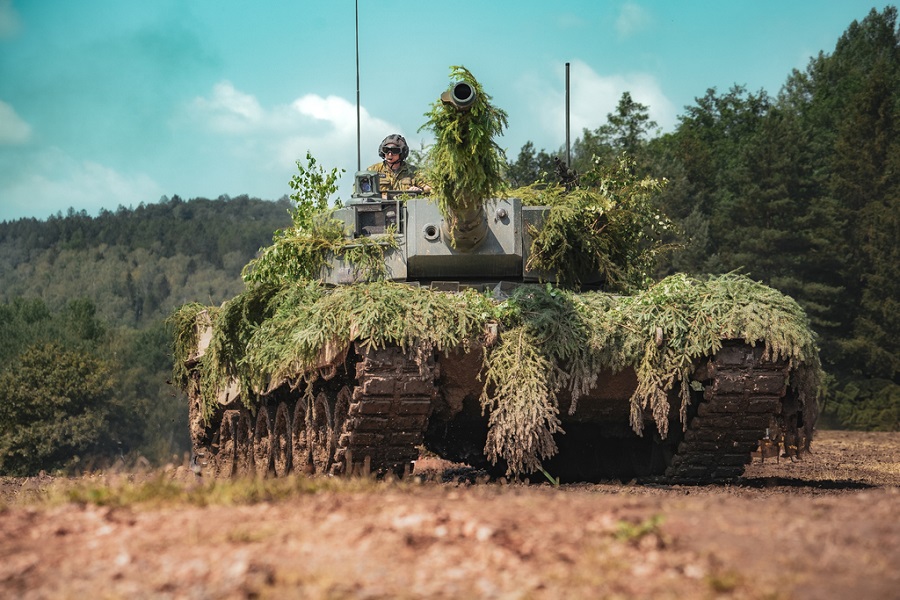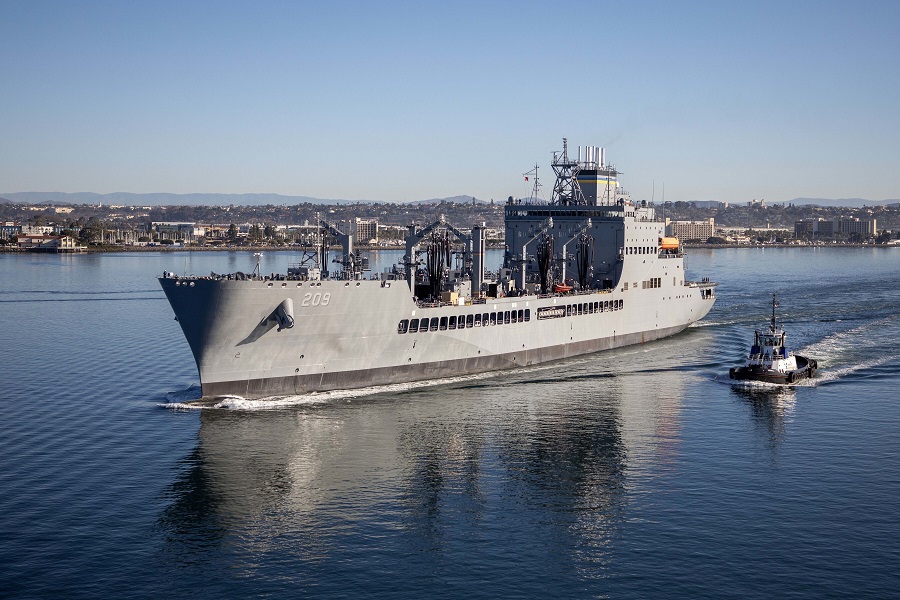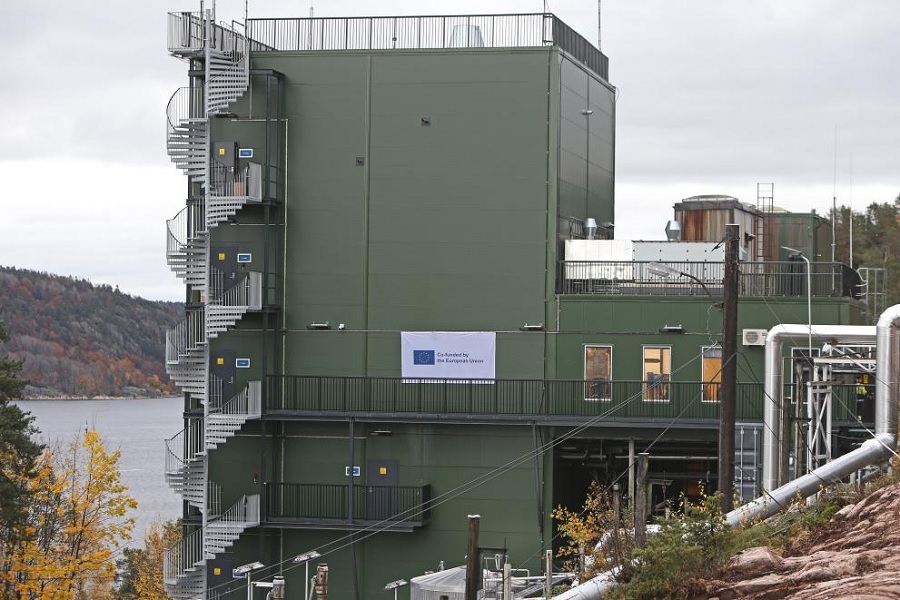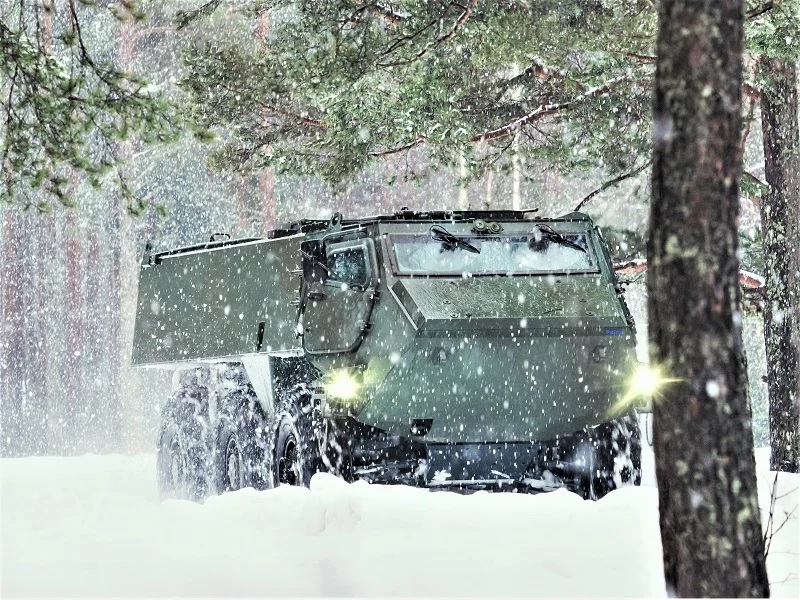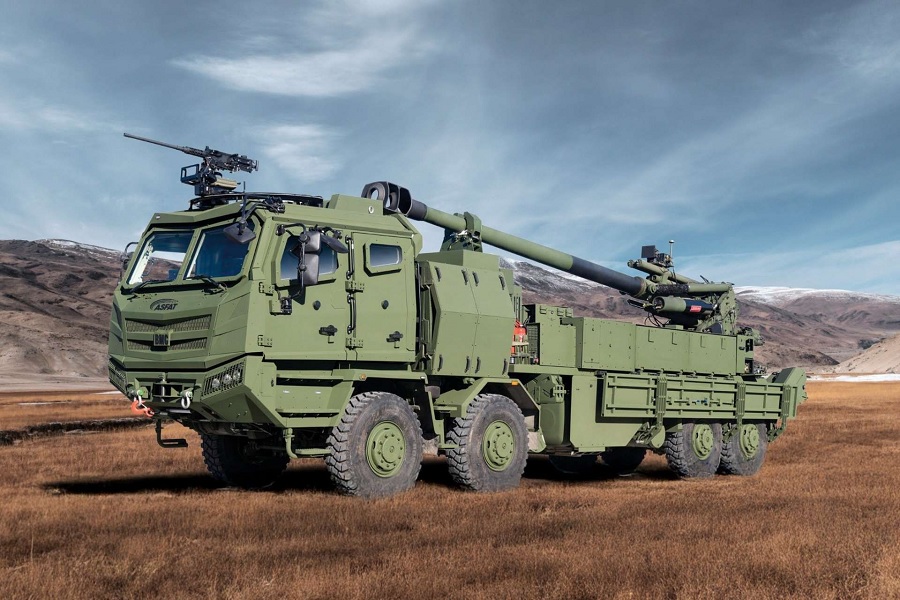The unclassified version of the report, completed in August and released in October, does not specify the number of aircraft to be purchased annually. Instead, it projects changes to fleet size based on procurement, attrition, retirements, and long-term modifications.
For the F-35, the roadmap shows a base fleet of 344 aircraft in fiscal 2026, rising by 39 in 2027, 18 in 2028, 32 in 2029, and 39 in 2030. The Air Force stated that these figures “do not represent procurement targets but are the desired overall USAF possessed inventory on the ramp.”
It added that “recapitalization of aging platforms due to early lot obsolescence (e.g. F-35) diminishing parts availability (F-35 and F-15E) and other factors will drive procurement of aircraft above the [total aircraft inventory] requirement.” The projections suggest the Air Force will not buy more than the 48 F-35s it purchased in fiscal 2024, despite earlier proposals for up to 72 per year.
The report is based on the new “Combat Coded Total Aircraft Inventory” (CCTAI) metric, which counts all Air Force fighters, unlike the previous Primary Mission Aircraft Inventory measure. It highlights the priority of upgrading F-35s with Technology Refresh 3 and 4, noting that aircraft equipped with TR-2 “will fall behind.”
The report warns that this gap will “drive eventual replacement of those aircraft due to low utility for the USAF, compared to newer-block fighter aircraft.” Air Force officials explained that smaller F-35 purchases in the 2010s reflected a decision to wait for the Block 4 version, which includes the desired capabilities of the Lightning II.
According to the Air Force, this approach avoided costly retrofits of earlier aircraft to Block 4 standards. However, TR-3, which supports the Block 4 upgrades, has experienced delays, and the Air Force requested only 24 F-35As in its 2026 budget proposal.
Congress has not increased that figure, unlike in past years, even within a major reconciliation package that added funding for other fighter programmes such as the F-15EX and F-47. Overall, the total fighter inventory is projected at 1,271 aircraft in 2026, dipping to 1,215 in 2028 before rising again to 1,304 by 2030.
The report states that the service must grow its fighter force to 1,558 jets by 2035, achievable if it “maxes out” F-35 production at 100 aircraft per year and raises F-15EX acquisitions by 36 annually. It foresees the complete retirement of the A-10 by the end of 2027 and reductions in F-15C/D and F-15E numbers.
The F-15C/D fleet is expected to fall from 42 in 2026 to 21 in 2029, continuing to serve as “Platinum Eagles” for homeland defence into the early 2030s. The F-15E fleet will decline from 133 in 2026 to 78 in 2028, while the F-15EX fleet will grow from 27 in 2026 to 111 by 2030.
The Air Force plans to retire 32 of its oldest F-22s, retaining a fleet of 134 aircraft through the 2030s, while the F-16 force remains stable at 488 jets. Data on the new F-47 remains classified, with figures “still being determined.”
The roadmap also clarifies that Collaborative Combat Aircraft (CCAs) are not included in fighter tallies, stating they will be “additive” to the inventory once introduced.
Source: Air and Space Forces Magazine.




